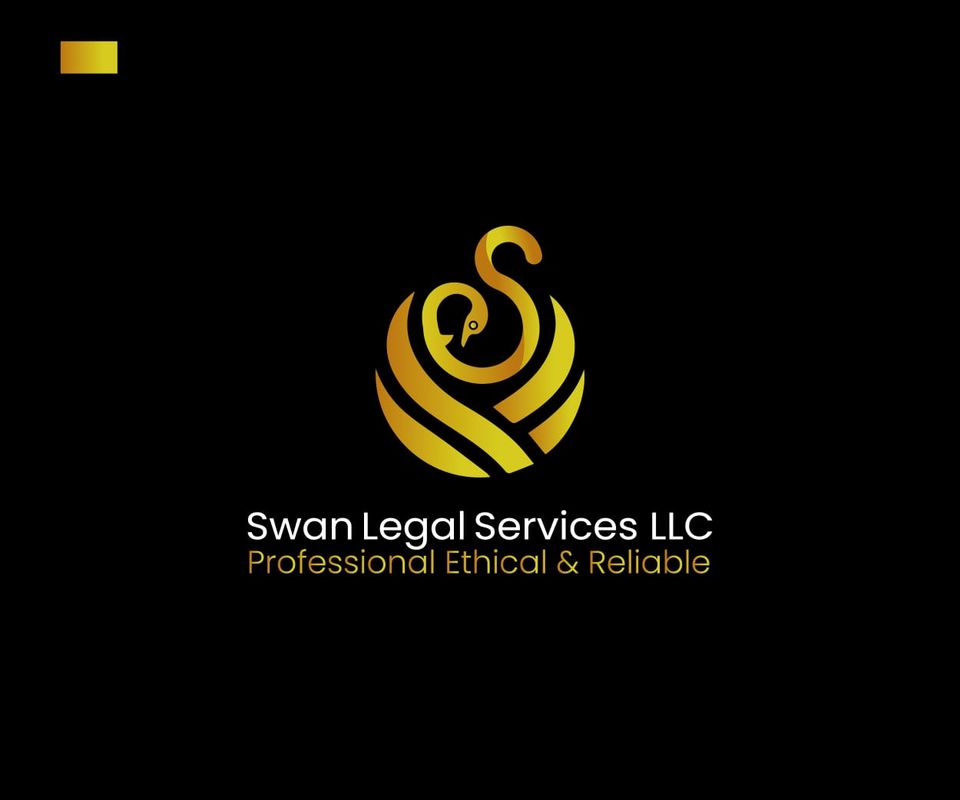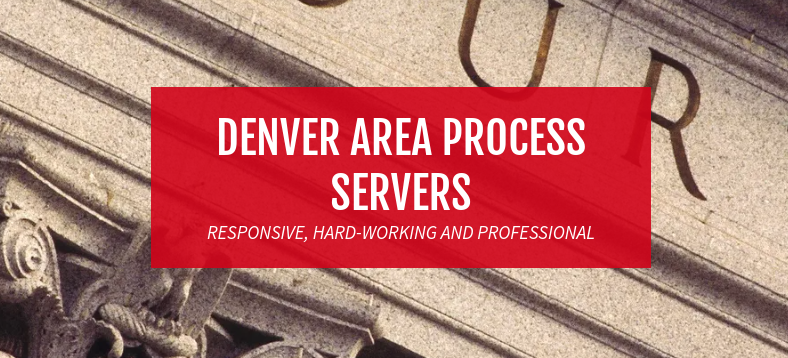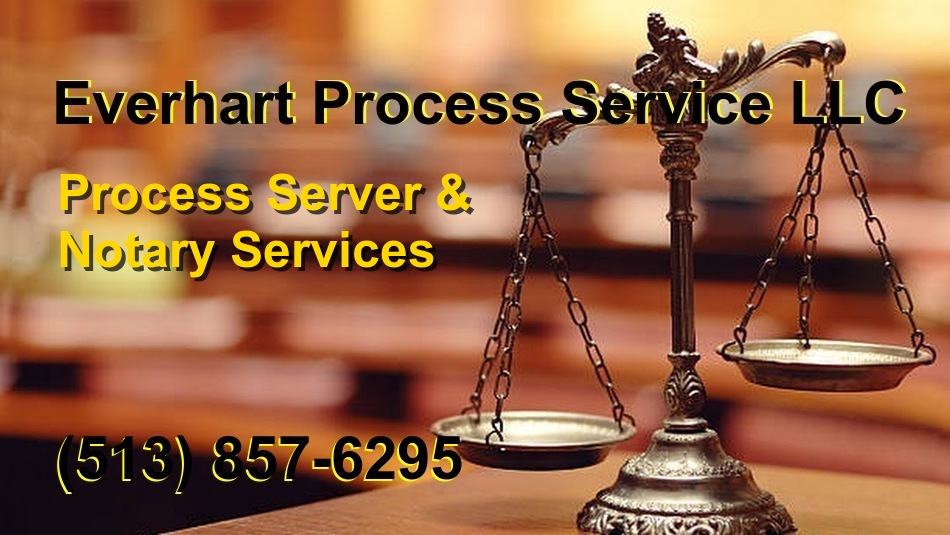 Guide to the Eviction Process in Kansas
Guide to the Eviction Process in Kansas
Eviction in Kansas:
Kansas Eviction Laws
The laws regarding Eviction in Kansas are contained in the Kansas Landlord and Tenant Act . This law, passed by the Kansas Legislature, governs every aspect of the relationship between a landlord and a tenant. If you are a landlord in Kansas, it is a good idea to familiarize yourself with this law. Tenants can view helpful pages when they are being evicted> Tenants Help Pages
Kansas Eviction Notice
The first step in the Kansas Eviction Process is the landlord serving the tenant with a Kansas Eviction Notice. If a landlord simply needs to end a month-to-month tenancy, the landlord should deliver a 30 Day Eviction Notice to the tenant. This notice is not because the tenant has done anything wrong. It is just because the landlord wishes to end the month-to-month situation.
If the landlord needs to evict the tenant for non-payment of rent (most common reason), the landlord needs to serve a 3 Day Notice. This gives the tenant 3 Days to pay the rent or leave. It warns them of legal action if they do not comply. Most tenants see this as very serious, and will go to great lengths to get the rent paid.
If the landlord needs to evict the tenant because the tenant is violating some other part of the lease, then the landlord should serve a 14/30 Day Notice of Non-Compliance. Examples for use of this form include unauthorized pets, disturbing neighbors, misusing the property, etc. This 14/30 Day Notice gives the tenant 14 days to correct the violation. If they do not correct within the 14 days, then their lease ends 30 days from the receipt of the notice.
Delivering Notices
In order for a Kansas Eviction Notice to be effective and legal, it must be “served” properly. “Serve” means to deliver in a proper manner. In the Kansas Eviction Process, the easiest way to serve a tenant is to hand deliver the eviction notice to the tenant, or to a person who resides at the property who is over the age of 12. Hand Delivery should only be done if it can be accomplished safely. Another accepted method in Kansas is to tape or tack the notice to the door. It is recommended that you take a picture of this after you do it, so you can prove it was actually done! Kansas also permits service by certified mail. Some landlords will do a combination of methods so that there is no question the tenant is properly served.
Forcible Detainer Action
After you serve the tenant, and they still do not comply with your demand after the time in the notice has expired, you need file a lawsuit called a “Forcible Detainer” action. To do this, the landlord should go the Clerk’s Office at the County Courthouse in the County where the property is located. The Clerk will set a date for what is called “Docket Call.” Docket Call is about 10 days from when the Forcible Detainer action is filed. The Sheriff will serve the tenant a notice of the Docket Call. At the Docket Call, the judge may resolve the case, or if the case cannot be resolved, the judge will set a trail date no later than 8 days from Docket Call. At the trial, the judge will hear both sides of the case, examine the evidence (including proof that tenant was served properly), and make a decision. If either party (landlord or tenant) does not show up, the other side will win. Therefore landlord must be present at all hearings/trials in order to win the eviction case.
Writ of Restitution and Execution
After the landlord wins the Eviction Case, the judge will order the tenant to vacate the property within a certain time period. If the tenant does not vacate by this time, the next step in the Kansas Eviction Process is for the landlord to ask the County Clerk for a “Writ of Restitution and Execution.” In this document, the judge will order the Sheriff to physically remove the tenant within 10 days. Depending on the County, at the removal, the landlord may have to provide the manpower for removing the tenants belongings.
Kansas Eviction Laws
The laws regarding Eviction in Kansas are contained in the Kansas Landlord and Tenant Act . This law, passed by the Kansas Legislature, governs every aspect of the relationship between a landlord and a tenant. If you are a landlord in Kansas, it is a good idea to familiarize yourself with this law.
Kansas Eviction Notice
The first step in the Kansas Eviction Process is the landlord serving the tenant with a Kansas Eviction Notice. If a landlord simply needs to end a month-to-month tenancy, the landlord should deliver a 30 Day Eviction Notice to the tenant. This notice is not because the tenant has done anything wrong. It is just because the landlord wishes to end the month-to-month situation.
If the landlord needs to evict the tenant for non-payment of rent (most common reason), the landlord needs to serve a 3 Day Notice. This gives the tenant 3 Days to pay the rent or leave. It warns them of legal action if they do not comply. Most tenants see this as very serious, and will go to great lengths to get the rent paid.
If the landlord needs to evict the tenant because the tenant is violating some other part of the lease, then the landlord should serve a 14/30 Day Notice of Non-Compliance. Examples for use of this form include unauthorized pets, disturbing neighbors, misusing the property, etc. This 14/30 Day Notice gives the tenant 14 days to correct the violation. If they do not correct within the 14 days, then their lease ends 30 days from the receipt of the notice.
Delivering Notices
In order for a Kansas Eviction Notice to be effective and legal, it must be “served” properly. “Serve” means to deliver in a proper manner. In the Kansas Eviction Process, the easiest way to serve a tenant is to hand deliver the eviction notice to the tenant, or to a person who resides at the property who is over the age of 12. Hand Delivery should only be done if it can be accomplished safely. Another accepted method in Kansas is to tape or tack the notice to the door. It is recommended that you take a picture of this after you do it, so you can prove it was actually done! Kansas also permits service by certified mail. Some landlords will do a combination of methods so that there is no question the tenant is properly served.
Forcible Detainer Action
After you serve the tenant, and they still do not comply with your demand after the time in the notice has expired, you need file a lawsuit called a “Forcible Detainer” action. To do this, the landlord should go the Clerk’s Office at the County Courthouse in the County where the property is located. The Clerk will set a date for what is called “Docket Call.” Docket Call is about 10 days from when the Forcible Detainer action is filed. The Sheriff will serve the tenant a notice of the Docket Call. At the Docket Call, the judge may resolve the case, or if the case cannot be resolved, the judge will set a trail date no later than 8 days from Docket Call. At the trial, the judge will hear both sides of the case, examine the evidence (including proof that tenant was served properly), and make a decision. If either party (landlord or tenant) does not show up, the other side will win. Therefore landlord must be present at all hearings/trials in order to win the eviction case.
Writ of Restitution and Execution
After the landlord wins the Eviction Case, the judge will order the tenant to vacate the property within a certain time period. If the tenant does not vacate by this time, the next step in the Kansas Eviction Process is for the landlord to ask the County Clerk for a “Writ of Restitution and Execution.” In this document, the judge will order the Sheriff to physically remove the tenant within 10 days. Depending on the County, at the removal, the landlord may have to provide the manpower for removing the tenants belongings.
For names of lawyers in your area who are experienced in housing issues,
Find Law Firms on our Directory.
Find The Eviction Process in other States
Nationalevictions.com is for people who are renting or seeking to rent housing. Our site is for Eviction Information Purposes only, Not Intended to replace your Attorney or any Legal Advice. The reader should always remember your legal responsibilities. After all, you may unknowingly jeopardize your rights by not fulfilling your legal rights as a Tenant or Landlord.
Many of the Chapters and Articles are interrelated. This not intended to be an all-inclusive overview, or the best advice in every situation. Please Consult a Lawyer for your Rights and Protection as to the laws of your State. This information is not meant to be a substitute for the advice of an Attorney.










